Kata no Rokugensoku: Principles of Kata
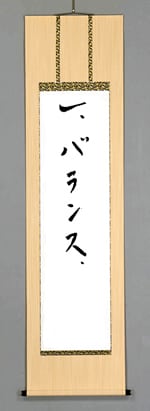
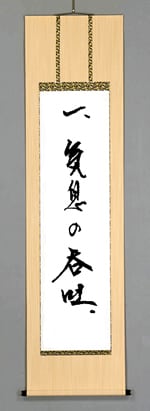
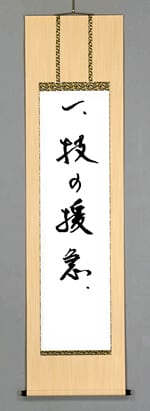
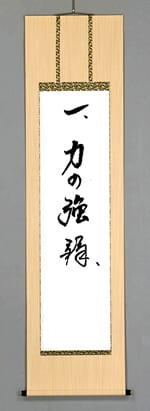
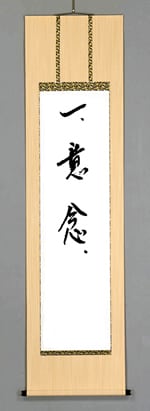
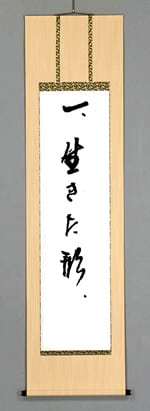
Ikitakata: Kata must be alive and done with feeling and purpose
Inen: Kata must be performed with spirit
Chikara no Kyojaku: Kata should be done with changes in application of power. Technique can be strong or yielding, hard then soft
Waza no Kankyu: Kata should be done with variations in the timing of movement, sometimes fast and sometimes slow